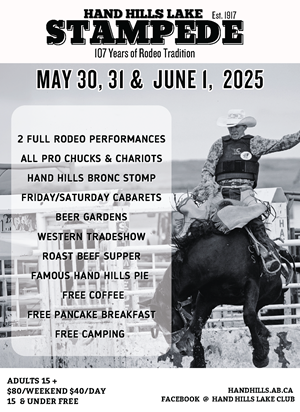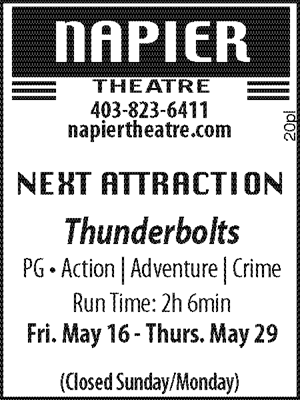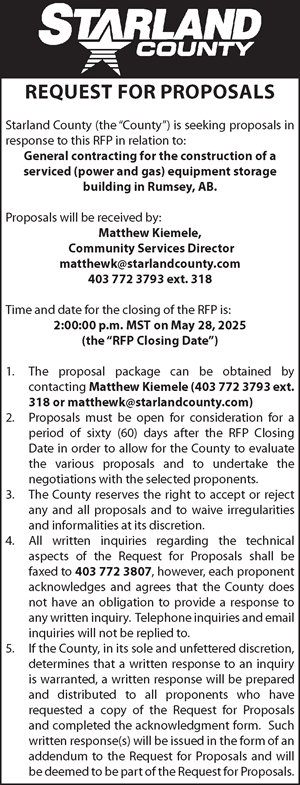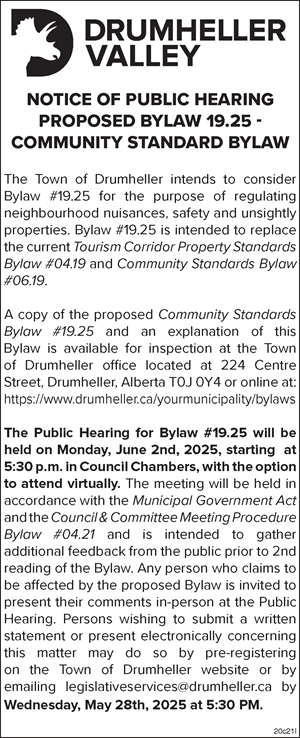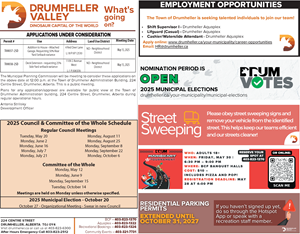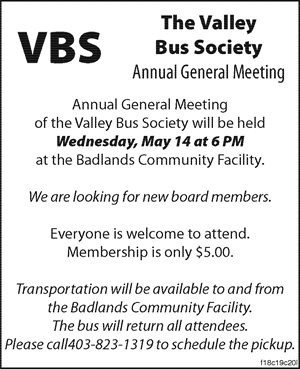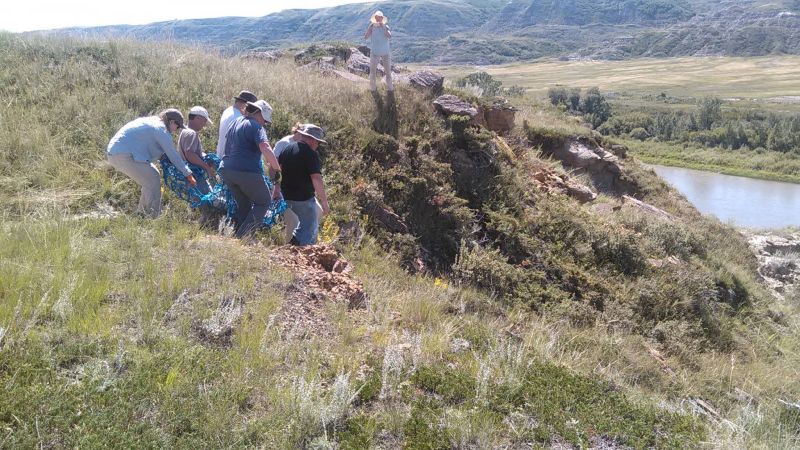
Last Tuesday, palaeontologists from the Tyrrell museum were excavating the rare fossilized remains of a ceratopsian from a bonebed about halfway up a valley wall near the Tolman Bridge when they found that the rock, a jumbled and mingled mass of fossilized bones weighing up to 300 pounds, was much too heavy to haul over 700 metres up to the prairies and back to their trucks.
The plaster casing and burlap used to protect the fossils, known as a jacket, was necessarily heavy as the palaeontologists were safeguarding the remains of multiple arrhinoceratops’, one of the rarest horned dinosaurs in North America that until recently was only known through the study of two skulls. The team had found a rich bonebed containing the remains of at least five individuals ranging from babies to adults – a palaeontological gold mine of information on a little known and rare specimen, from a bonebed containing evidence of hip bones, jaws, and ribs all mixed and piled together.
Palaeontologist François Therrien said the team was dealing with a cumbersome excavation up the hillside through narrow passages to prairie level, and then almost a kilometre to their vehicle, when by coincidence he spoke to two colleagues working on the museum’s flood mitigation program, which surveys Red Deer River valley by boat for flood damage to potentially significant sites.
“We asked if there was any chance they were going out on the river anytime soon and they said they were actually going out that day,” Therrien said. “I said ‘you’re kidding, you’re my new best friend.’”
They coordinated a rendezvous point and time and six palaeontologists carried the burlap jacket 50 metres down the hillside and loaded it onto the boat and easily shipped it back to the museum for study.
Therrien said it’s a rare occurrence to excavate a fossil by boat as palaeontologists typically transport specimens, if they’re small enough, by hand or backpack to their vehicles.
“Most of the time we are in the badlands where we’re not close to the river or can access the badlands by road. Sometimes we’ll ask landowners, many are farmers, to use their ATVs – it’s whatever method that is at our disposal and is most convenient. If a block is too heavy we’ll even call in the cavalry and get a helicopter in,” he said.
In a way, the excavation harkened back to the young days of palaeontology, the days of which Drumheller’s history as a centre of dinosaur studies began, where early scientists set off by boat down the Red Deer River from Red Deer in search of the big discovery that would give them a name, anchoring their barges to set up prospecting camps on the shore before moving on down the river to the next stop.
“In those days that was the easiest method. Sometimes they’d have access to horses with wagons and use those to haul jackets out of the valley and to the nearest town or train station,” Therrien said.
And just how does today’s excavations compare to then?
“We were joking about that on Wednesday when we were carrying another jacket up the valley. We keep saying palaeontologists in the early 20th century had it hard compared to us, having to do everything by hand, but the truth is they had their boats and horses and we don’t. We rely so much on trucks now that we’re limited in terms of how close we can get to the badlands via surfaced roads. In reality we actually carry those jackets a farther way than the early palaeontologists were doing, so we had a chuckle over that.”
“Using a boat was definitely a luxury… and now that the boat is out of storage and we know how to use it, it is definitely going to be a method we use more often when it’s convenient,” Therrien said.











